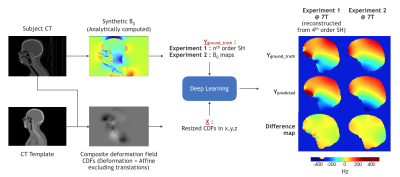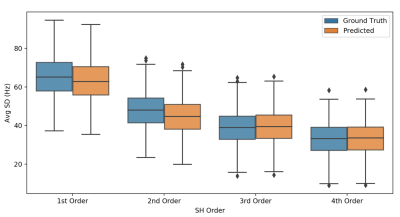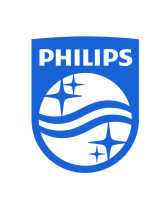Vidya Prasad1, Sharun S Thazhackal1, Ashvin Srinivasan1, Suja Saraswathy1, Jaladhar Neelavalli2, and Umesh Rudrapatna2
1Philips Research, Philips, Bangalore, India, 2Philips Healthcare, Philips, Bangalore, India
1Philips Research, Philips, Bangalore, India, 2Philips Healthcare, Philips, Bangalore, India
Deep learning can predict complete B0 maps and spherical harmonics for shimming with the input being deformation fields obtained from structural image co-registration to a template. Our results indicate that the predicted UHF B0 brain maps work as effectively as acquired B0 maps for shimming.

Figure 1. Learning Pipeline Overview : CT images were used to generate synthetic B0 maps via analytical computations1 (Yground_truth). Each CT image was aligned to a template to generate a 3D composite deformation field in x,y,z directions (X). Two experiments were then conducted to predict (Ypredicted) the 1) nth (4th) order orthogonal spherical harmonics using a modified 3D EfficientNet-B011 and 2) whole B0 maps using a residual variant of a 3D UNet13.

Figure 5. SD of residuals after shimming from image-to-coefficient model @ 7T. Ground truth and predicted B0 maps were reconstructed using upto the 1st, 2nd, 3rd and 4th order SH coefficients (excluding 0th term) respectively. The residuals of the reconstructed maps were computer per order. Reported is the average standard deviation (y-axis) per order (x-axis) in Hz across test set subjects of the predicted and GT residual maps. Metrics were computed within the brain region only.
